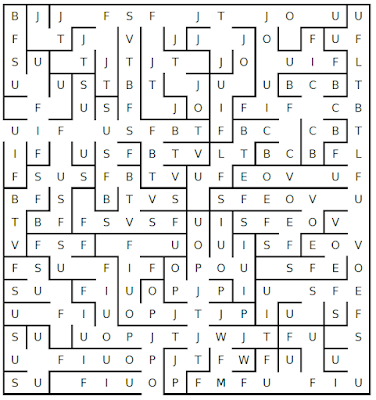Stars and wishes have come up recently in some of the blogs I read and podcasts I listen to. Guy discusses them on his Burn After Running blog (he thinks they’re a good thing), but that’s balanced by episode 51 of the Grognard Files (where Dirk and Blythy aren’t so keen).
So what do I think?
I started using stars and wishes
in my RPG sessions during 2021 and they’ve become a great way of giving
feedback—both the weekly groups I run and play in now use them.
If you’ve not encountered stars and wishes before, this Gauntlet post explains them. But in essence:
- Stars—give a star to someone and tell them what they did that was so great.
- Wishes—what you want to see more of.
Stars
Stars are easy—they’re a way to highlight the good things that happened during the session. Strictly, you’re supposed to ‘give’ a star to someone around the table, but we don’t adhere too strictly to that, and we’ll give out multiple stars.
It’s nice to come away from a session with the highlights,
so I think stars are here to stay.
Stars are a formalised way of capturing the frothing
enthusiasm you can get at the end of a game—I see it often after successful
freeform larps. (I don’t know whether that says more about freeforms or
freeformers.) Formalising it this way encourages you to look for the good bits
in all sessions though, not just the great ones.
Wishes
I find wishes harder, for several reasons.
Wishes are supposed to be constructive ways for everyone to suggest
what they’d like to see more of. However, I like running horror games, and
players will say things like “I wish it wasn’t me” (upon learning they’d been
impregnated by a facehugger in ALIEN) and “I wish this will turn
out well” (when it obviously won’t). I think they’re joking...
I’m also running a lot of published one-shot scenarios (over
three or four sessions) at the moment, and there's less scope for going beyond
the scenario. We’re not so good at wishing for internal things that we’d like
our characters to be exploring.
And often, I find that player
wishes are directed to the GM rather than other players. (I probably do that
myself—so maybe I should make other players the subject of my wishes more often.)
Instead, and I guess this is similar to wishes, at the end
of a session I ask the players for the plans going forward. That helps me to prepare,
and helps me deliver what the players want (although there’s a limit to that in
a published adventure.)
But perhaps I shouldn’t worry too much that I haven’t got wishes quite
right. They’ll either come to me, or
they won’t.
And for freeform larps?
I haven’t yet used stars and wishes directly in freeforms.
Wishes suffer the same problems as tabletop games—freeforms
are a one-shot thing. Some freeform GMs find criticism particularly hard
directly after a stressful run.
The problem with stars is giving everyone the time to “give”
their star, particularly online (which is how I’ve been doing stars and wishes
so far). It’s probably easier in person, as you can you’re your star in private.
(Instead, in the last freeform larp I played in, I worked out what my star was
and, during our post-game enthusiasm frothing, said how much I liked that.)
Summary
So I give a star to the Gauntlet for sharing the idea.
And my wish is to either get
better at wishes or to embrace the fact that
wishes are hard. And do them more in freeforms.
(Images from game-icons.net)


















